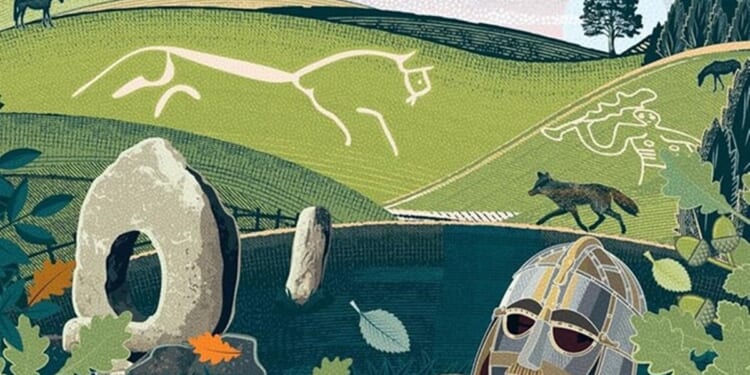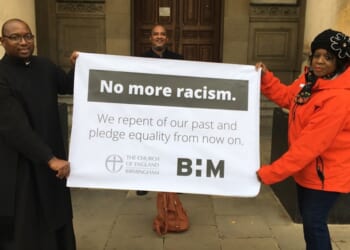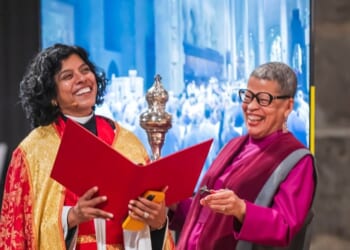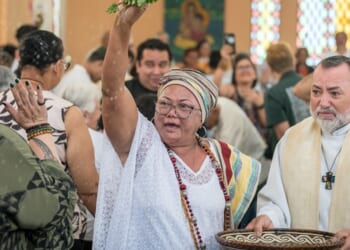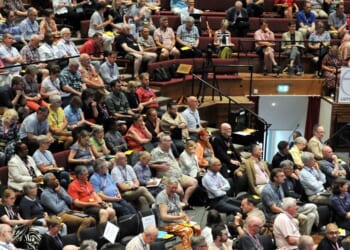BEGINNING with a family of three stones in an undisclosed Scottish glen, lovingly cared for by their local community, and closing with the budding of new shoots from the stump of the executed Sycamore Gap tree (Comment and News, 6 October 2023), Peter Ross meanders across land and water, discovering stone circles, henges, barrows, stone figures, chalk figures, the snaking boundaries of defensive walls, and the slippery authenticity of Viking rituals.
The solidity of stone, the fragility of chalk, the enigma of Silbury Hill, and the brutal practicality of the Antonine Wall all lift into vivid life through conversations elicited from those he meets along the way: keepers, pilgrims, neighbours, archaeologists, and fellow puzzlers who are discerning ancient connections and making new ones between artefacts, landscapes, histories, and people.
Some of those connections are refreshingly current. Take Ross’s journey from winter-solstice Stonehenge, enveloped in simultaneously enacted personal rituals, to a Glasgow housing estate, the site of a stone circle built in the 1970s. This modern circle, aligned astronomically to mark the passing seasons, has quickly nurtured its own stories, and has survived urban redevelopment, being relocated by council construction workers to a new home.
Elsewhere, he encounters both Neolithic tombs and a 21st-century long barrow, built in Wiltshire using traditional methods and materials, whose 340 spaces for cremated remains were fully booked within two years of its completion.
At the heart of this observant, engaging, and informative book we meet Gallagh Man, Clonycavan Man, and their compatriots: bog bodies excavated from peat that has preserved them in such leathery detail that their personalities, along with their tightly unfurling fingers, reach out to us, whispering snippets and echoes of their stories.
Elements of these bodies suggest ritual killing; that perhaps these were kings sacrificed to deities during hard times to ensure the flourishing of their tribe. Together with Ross’s previous books, A Tomb with a View and Steeple Chasing, they remind us of the patchwork of individual lives and parochial communities whose culture, history, and essence are embedded, like ribbons of DNA, into the soil, stones, and bones of the landscape in which they dwell, to form the bedrock of our multi-faceted regional identities.
The Revd Richard Greatrex is Rector of the Chew Valley East Benefice, in Somerset.
Upon a White Horse: Journeys in ancient Britain and Ireland
Peter Ross
Headline £22
(978-1-0354-1406-2)
Church Times Bookshop £19.80

